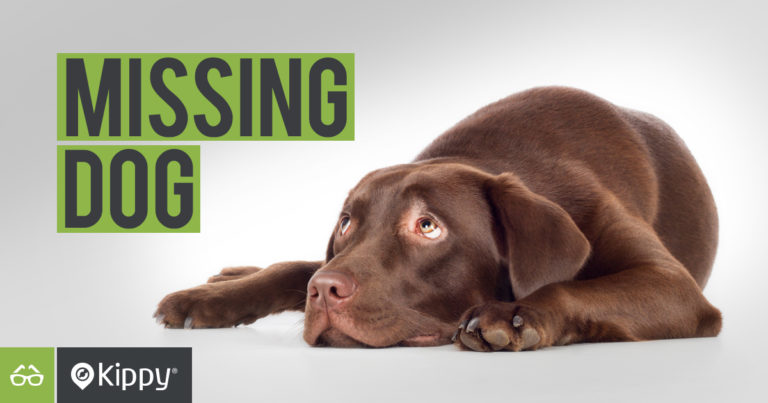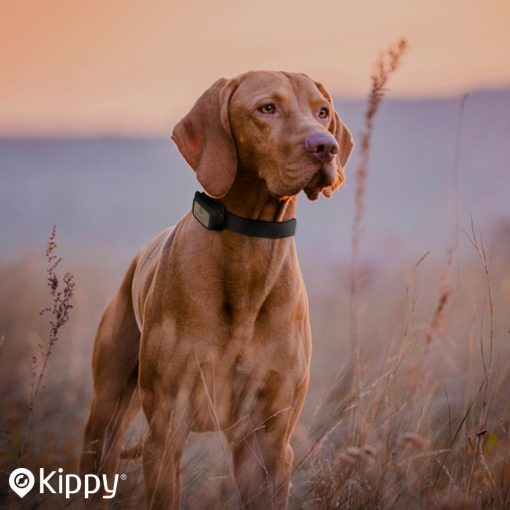
Educating our four-legged friends is a long and challenging mission, but full of satisfaction: since they are puppies, we really spend many hours teaching them what is right and what is not; especially to protect them from danger, to avoid problems with neighbours or with other people and, above all, to spend happy hours together.
The first thing we frequently do is to teach our dogs not to run away. It can be a serious problem if the dog has run away. Let’s see what we can do when the dog runs away, and how we can teach our four-legged friends to respect a few rules so we can live together happily without worries.
What to do if the dog just ran away
The gate is open, you call your dog repeatedly… but it’s not there. Don’t panic, first of all: it may have simply strayed from your sight! If, however, after a few minutes of searching, it does not return, you can put the following into practice right away:
- Call your dog, but without your voice betraying anxiety or anger: if it is nearby, it will be able to hear your voice and understand that there is nothing threatening in the tone you are using.
- Try to figure out when it left and which escape route it used, so you can also identify its possible movement habits.
- Try to involve your neighbours or family members in the search for your dog, so you can divide up a small area to search in.
- While you’re searching, try to make a stop at home: your best friend might be there in front of the door waiting for you.
What to do when the dog runs away and does not return
Your dog ran away, the hours pass, but it’s not coming back. Your concern will be well founded if it’s been at least 12 hours. Again, however, you can adopt several solutions that will help you find it and keep it safe
- If your dog has a tattoo, and is therefore registered, report his disappearance to the local sanitary company in your area or contact your veterinarian, who will be able to help you;
- Spread the word: You can attach flyers with a photo and description of your dog with the date and place of disappearance, specifying whether it has a collar, name tag, or tattoo. You can also run an ad on web platforms or in local newspapers and your area.
- Contact kennels: go to the collection and reception centres for dogs and cats and see if they have found your dog; also, if your municipality has an office dedicated to the protection of animals, contact them.
What to do once you find your dog
Were you able to find your four-legged friend? Well, then, after the excitement and all the pampering and games, to celebrate the pleasure of having found each other there are things you will have to put into practice to make sure that your dog is really well and… take precautions for the future!
- First of all, go to the vet for a check-up, even if you don’t notice anything strange, and even if your dog doesn’t experience discomfort, bruises or pain. And be more careful if you skipped the last vaccination appointment.
- Remember to tell everyone who helped you in the search that your best friend is finally back!
- Follow the regulations: have your dog microchipped in case it doesn’t have one, or, if it has a slightly dated tattoo, go to the vet to review it so that it can be clearly visible. You can also buy a name tag with your contact details.
- Find out what happened: are you sure your friend did not do any damage during his absence? Take a tour of the surrounding areas, and make sure there are no problems with things or people.
How to teach your puppy not to run away
You can teach your puppy not to leave a defined or delimited territory, which could be the gate of the house, the garden or a larger area. The important thing is to delimit this area with a proper fence. In addition, pay close attention to your puppy´s character: Your dog will already have a

well-developed attitude when very young, which can be that of the pack leader, or of a fearful dog, or with a poor sense of orientation.
Here is a trick that will help you in educating your puppy not to run away, enhancing his sense of belonging to the house: head to the gate with a small amount of snacks as a reward for your four-legged friend, and open the gate wide, staying in front of it.
Reward the dog when it stops in front of the gate, perhaps saying the command “stop” more loudly, and repeat the exercise by opening the gate several times.
